Crawford’s Auto Repair is a local, independent auto repair shop in Chandler, AZ serving Chandler, Gilbert, Sun Lakes and nearby areas. Automotive repair and maintenance services are provided for all makes and models.
Maintenance & Repairs For All Makes & Models
When considering repairs and maintenance for all makes and models the first resource for reference is the owner’s manual. This has recommendations for the vehicle’s maintenance schedule and a description of all the vehicle’s features, including what each of the dashboard indicator lights mean. All vehicle owners should have the owner’s manual in their glove box or kept within the vehicle somewhere. If you’ve misplaced yours then you might be able to download it from the manufacturer online.
The next resource that is used when repairing any make and model is the service manual for that make and model. Consumers can purchase these individually for their make and model. They cost about $100 each give or take. Professional auto repair shops have access to digital libraries for these manuals.
Professional auto shops also have industry-standard databases that are used to look up the proper parts and procedures for each make and model. Mitchel is one common database provider among others.
The following is a general list of traditionally-American and traditionally-foreign vehicle manufacturers. Current and discontinued models are listed on each of these pages. Most if not all of these manufacturers release vehicles that are not sold in US markets. Some of the manufacturers are so old that it would not be practical to list all of their models throughout history. They also have military or race car divisions that don’t generally produce models for consumers or businesses. We generally tried to include makes and models that are potentially still on the road in the USA, and have a decent after market for parts. If you have a make and model that we have not listed then we could potentially still service it. Give us a call at 480-201-0740 to discuss it.
Classifications of Consumer Vehicle Makes & Models
The following sections of this page include vehicle classifications which can be useful when buying a vehicle or when considering fleet services. If you’re thinking about buying a vehicle then we suggest the Used Car Evaluation as well as our educational article: How To Buy A Car. The truck classification farther down is helpful for fleet services.
It’s a bit eye-opening to discover how many different classifications there are for vehicles, including market segments, legal classifications, the Association of Car Rental Industry Systems Standards, body style, size classes, truck classifications, commercial vehicle classifications, fuel type or power type, and more if you consider vehicles worldwide or if you’re even considering vehicles that don’t have motors. There is even is a classification system just for 3-wheeled motor vehicles.
When a vehicle manufacturer (the “make” of a vehicle) decides to build a specific model, they could give it names from these classifications like “coupe” or “sedan” which are body style classifications. Vehicle sizes are often part of the description, like “compact” or “mid-size”. In many classifications trucks and luxury cars are in categories or classes of their own. Sports cars could be in classes of their own or a subcategory of luxury cars. A van could be classified with a truck or car depending on it’s size, or more specifically it’s chassis which is the frame. In one classification system a “minivan” or “mini multipurpose vehicle (MPV)” is very similar to a sedan or a coupe in actual size and with 4 side-swinging doors, but they have a high rounded top roof like the commonly-known minivan in US markets.
From the consumer’s perspective, the most familiar classification systems come from resources that are used when buying a vehicle since that’s where your experience with that vehicle begins. Kelly Blue Book has the following categories which seem simple enough for the purpose of this page:
Sport Utility Vehicle (SUV), Crossover, Sedan, Truck, Hatchback, Convertible, Luxury, Coupe, Electric, Hybrid, Van/Minivan, and Wagon
Then if you dig deeper there are additional subcategories which mostly separate the makes and models by size, but they also consider luxury class, drivetrain (all-wheel drive or AWD), and modern power types (hybrid and electric). Here are the subcategories:
SUV – subcompact, compact, mid-size, full-size, 3-row, AWD, luxury subcompact, luxury compact, luxury mid-size, luxury full-size, luxury 3-row, hyrbrid and electric
Crossover – subcompact, compact, mid-size, full-size, luxury subcompact, luxury compact, luxury mid-size, luxury full-size, luxury 3 row, AWD, hybrid and electric
Sedan – subcompact, compact, mid-size, full-size, luxury compact, luxury mid-size, luxury full-size, luxury sports car, sports cars, exotic, hybrid and electric, AWD
Trucks – mid-size, full-size, AWD/4WD
Hatchbacks – small, subcompact, compact, mid-size, luxury, sports cars, AWD
Convertibles – small, subcompact, compact, mid-size, full-size, luxury subcompact, luxury compact, luxury mid-size, luxury full-size, sports cars, exotic
Luxury – luxury subcompact, luxury compact, luxury mid-size, luxury full-size, luxury sports cars, luxury SUVs
Coupe – subcompact, compact, mid-size, full-size, luxury subcompact, luxury compact, luxury mid-size, luxury full-size, sports cars, exotic
Electric – electric SUVs, electric cars, sports cars, luxury cars
Hybrid – hybrid SUVs, hybrid cars, plug-in hybrids, plug-in hybrid cars, plug-in hyrbrid SUVs
Van/Minivans – mid-size, full-size, AWD, 8-passenger, 3-row
Wagon – compact, mid-size, luxury compact, luxury mid-size
Common vehicle types for consumers:
Additional vehicle types for business fleets:
Definitions for words commonly used in vehicle names and descriptions:
Buggy – lightweight off-road vehicle with sparse bodywork
Car – vehicle that generally has 4 wheels and 2 or 4 doors. It could be a two-box style where there is a space for the engine and a combined space for passengers and cargo, or it can have a three-box style with separate spaces for engine, passengers and cargo (or trunk). Generally smaller than a “van” or “truck” but there can be exceptions since “car”, “truck” and “van” describe the style of vehicle more than the size.
Cargo Van – Cargo vehicle with the shape of a van and built on a truck frame (or truck chassis).
Convertible – vehicle has a retractable or removable roof.
Compact – Larger than subcompact, smaller than mid-size. Technically has a combined interior and cargo volume of 100-109 cubic feet.
Coupe – Has a sloping rear roofline, considered more sporty than sedans. Usually has 2 doors but can have 4.
Crossover – Also called crossover SUV, often a multi-passenger vehicle with some off-road capability, like an SUV and van combined. Less off-roading capability than an SUV, but more than a van.
Exotic car – also called supercar or hypercar; they are the highest performance consumer vehciles, essentially consumer versions of racecars, like a Lamborghini.
Full-size – Larger than mid-size and still a “car”. Also called an executive vehicle. Interior volume is generally more than 120 cubic feet.
Hatchback – has a hatch-tap rear door that opens upwards. Also called a “liftback”. Has a “two-box” design which means there is space for an engine and a space behind it (i.e. the cargo space is combined with the passenger space).
Luxury car – highest class coupe, convertible, sedan, hatchback or SUV, with high level interior features and style. Sports cars are sometimes a subclass of luxury but generally a sports car is built more for speed and a luxury car is built more for comfort.
Mid-size – Larger than a compact car, smaller than a full-size. Technically has combined interior and cargo volume of 110-119 cubic feet.
Mini – the smallest size vehicle, usually has seating for 2 with 2 doors, but still 4 wheels (not a motorcycle or three-wheeler). A “minicompact” could have 4 doors.
Muscle car – high-performance vehicles, usually with rear-wheel drive and a powerful V8 engine. Often used for drag racing.
Panel van – Cargo vehicle built on passenger car frame (or chassis), typically has 1 row of seats with no side windows in the rear. Smaller than panel trucks and cargo vans which are built on a truck chassis.
Pickup truck – Usually light duty (compared to medium and heavy trucks, see below), open bed for cargo.
Pony car – affordable, compact, highly styled car with a sporty image
Roadster – open 2-seater, sporty appearance.
Sedan – Fixed roof (or it’d be a convertible), “three-box” design with separate compartments for engine, passengers and trunk. Could have 2- or 4-doors.
Sports cars – designed for handling and performance, often for consumers but can reach speeds of race cars, a sporty body style would traditionally have aerodynamics for speed but the style can bleed into other class vehicles to help them sell more (ie sports sedan)
Sport Utility Vehicle (SUV) – a vehicle made for both road and off-road travel. Usually has raised ground clearance and 4-wheel drive.
Subcompact – Larger than a mini, smaller than a compact. Technically a combined interior cargo volume between 85-99 cubic feet.
Truck – Often a vehicle with 4 wheels, a cab for the driver and 1-4 passengers, but made to carry cargo. Can have an open bed (pickup truck) or other types (see below).
Van/minivan – also called a multi-purpose vehicle (MPV), designed to transport passengers but has a combined space for passengers and cargo, usually with reconfigurable seats in two or three rows. Usually larger than a hatchback, although smaller vehicles with hatchbacks are considered “vans” by some classifications, and if a van has a rear door that opens upward then it’s technically a hatchback.
Wagon – 4 doors with a rear hatch, with a longer body style than a typical hatchback or sedan.
Classifications of Commercial Vehicles, Trucks & Vans
Since Crawford’s Auto Repair also provides Fleet Services for business owners, we’ll also mention the GVWR classification for trucks and commercial vehicles. This classification could include vans and SUVs if the particular van or SUV is built on a truck chassis or frame.
United States Commercial Truck Classification based on vehicle’s Gross Vehicle Weight Rating (GVWR)
The weight noted is the maximum weight the vehicle can haul. Samples of each class are noted in parenthesis, but this is not a complete list; there are others.
- Class 1 – light truck, 0-6,000 pounds (Ford Ranger, GMC Canyon, Toyota Tacoma)
- Class 2a – light truck, 6,001-8,500 pounds (Ford F-150, GMC Sierra 1500, Toyota Tundra, Dodge Dakota)
- Class 2b – light/medium truck, 8,501-10,000 pounds (Ford F-250, GMC Sierra 2500, Ram 2500)
- Class 3 – medium truck, 10,001-14,000 pounds (Ford F-350, GMC Sierra 3500, Ram 3500)
- Class 4 – medium truck, 14,001-16,000 pounds (Ford F-450 chassis cab, GMC Sierra 4500, Ram 4500)
- Class 5 – medium truck, 16,001-19,500 pounds (Ford F-550, GMC Sierra 5500, Ram 5500, Peterbilt 325, International Terrastar)
- Class 6 – medium truck, 19,501-26,000 pounds (Ford F-650, Chevy Kodiak C6500, Peterbilt 330, International Durastar)
- Class 7 – heavy truck, 26,001-33,000 pounds (Autocar ACMD, GMC C7500, Peterbilt 220 & 337, Ford F-750)
- Class 8 – heavy truck, 33,001+ (International WorkStar, Autocar ACX, tractor trailers, semi-trailer trucks, vehicles with 3 or more axles, requires commercial drivers licenses)
Crawford’s Auto can service classes 1-7, regardless of whether it runs on regular gasoline or diesel. Crawford’s only services road-worthy vehicles so fleet services does not include vehicles like tractors, industrial, farm or other equipment. However if a vehicle has special functions like a tow truck for instance then we can repair electric components, body components and hydraulics.
Learn more about Fleet Services.
Any use of vehicle manufacture trademarks on this page and other pages are only intended to indicate that we service those vehicles and does not imply any other special association with those manufacturers. All names, logos, and trademarks are the properties of their respective owners.



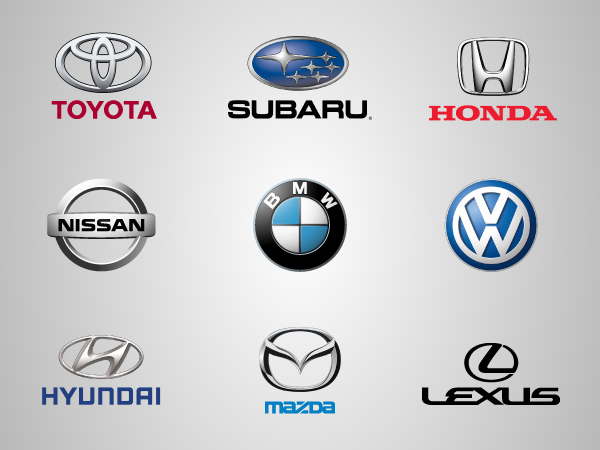
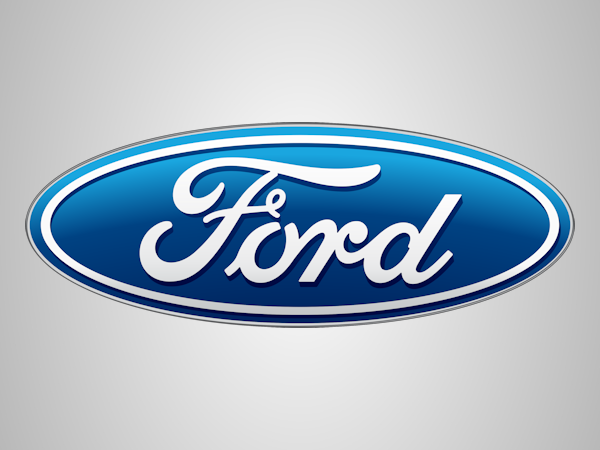
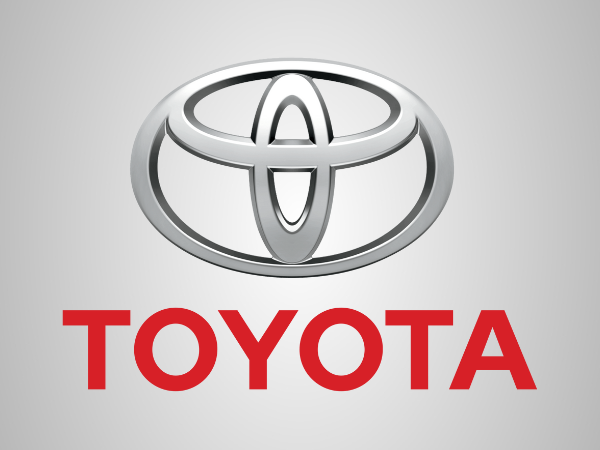
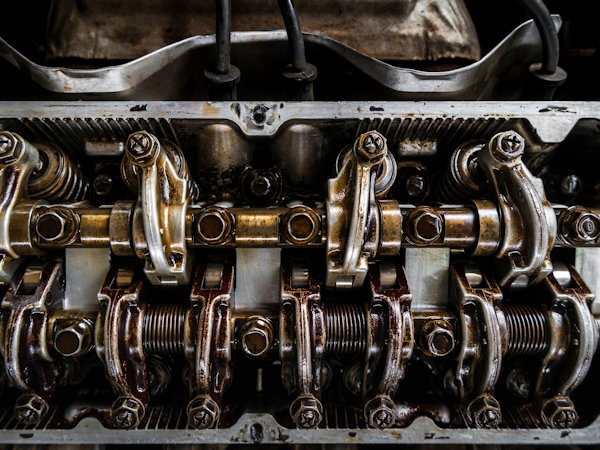
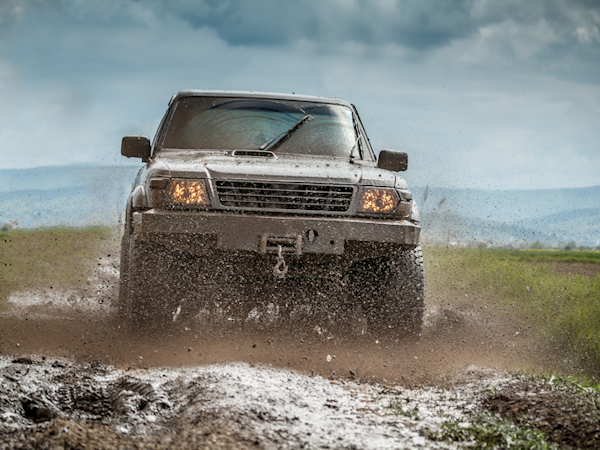
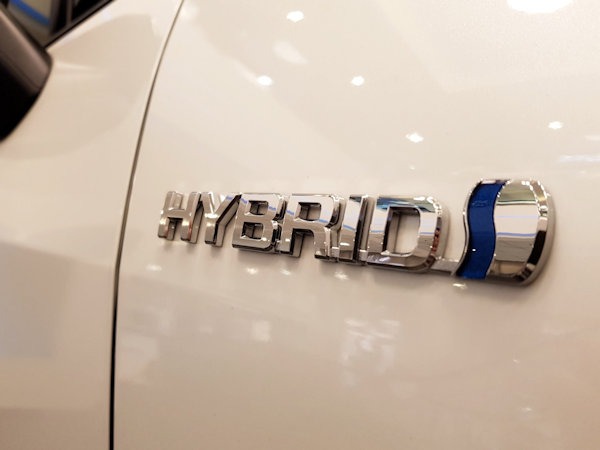


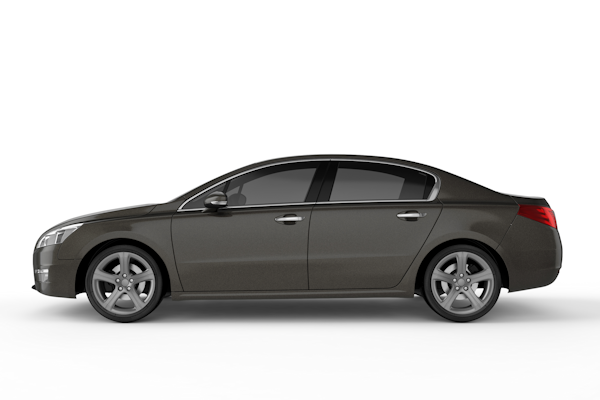

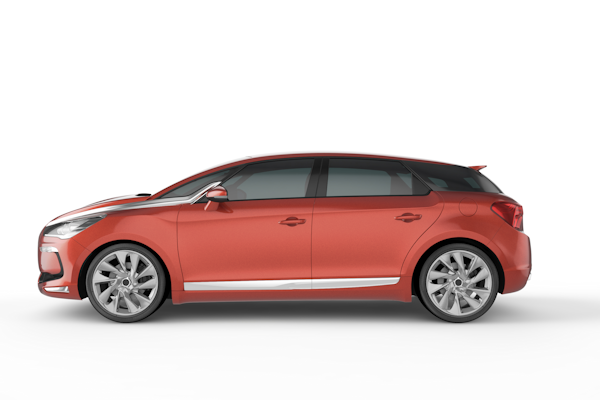
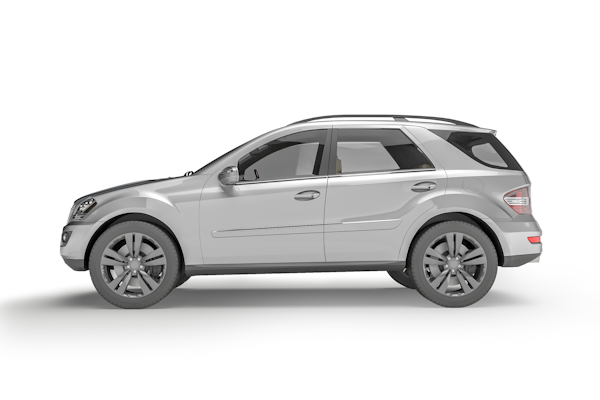

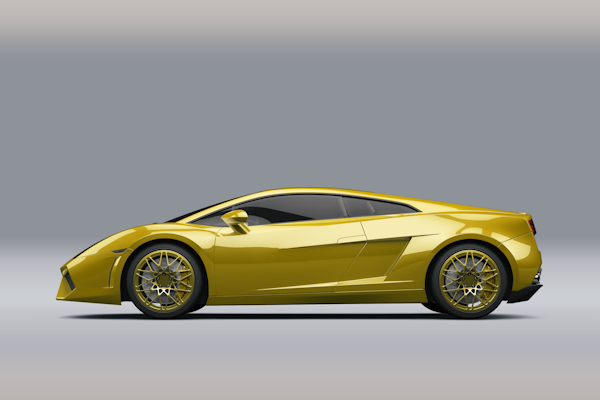
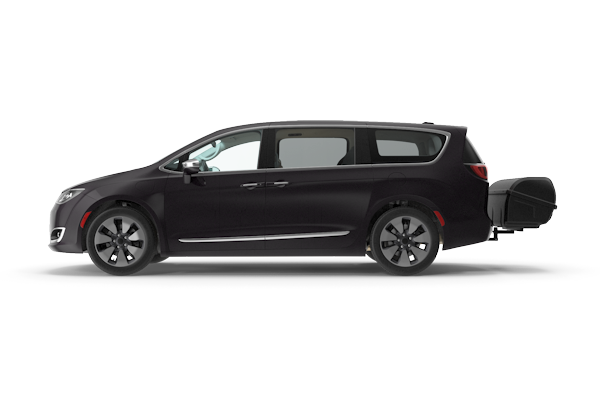
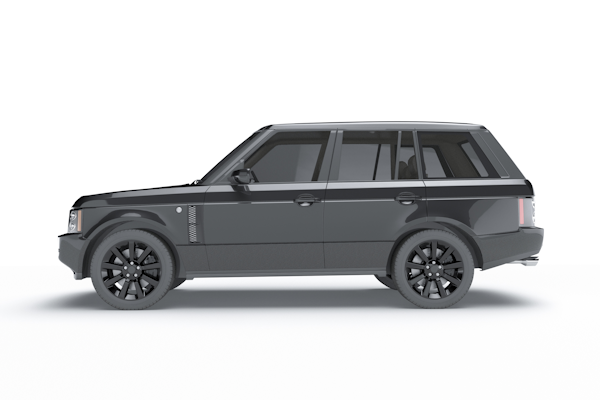
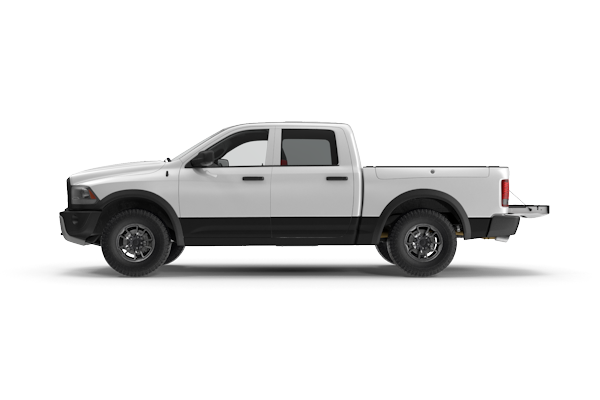
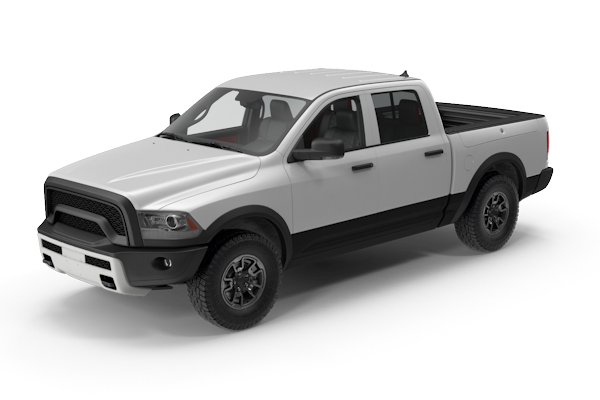

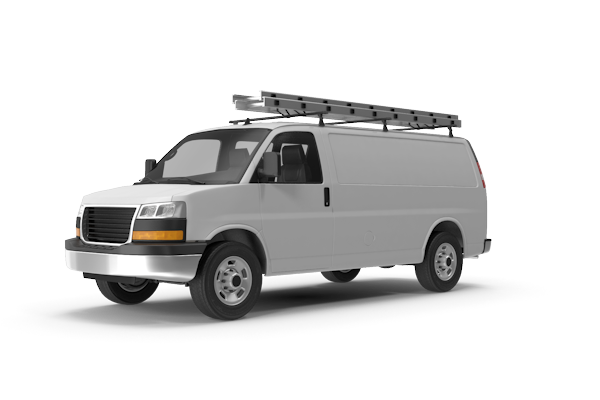


No Comments
Sorry, the comment form is closed at this time.